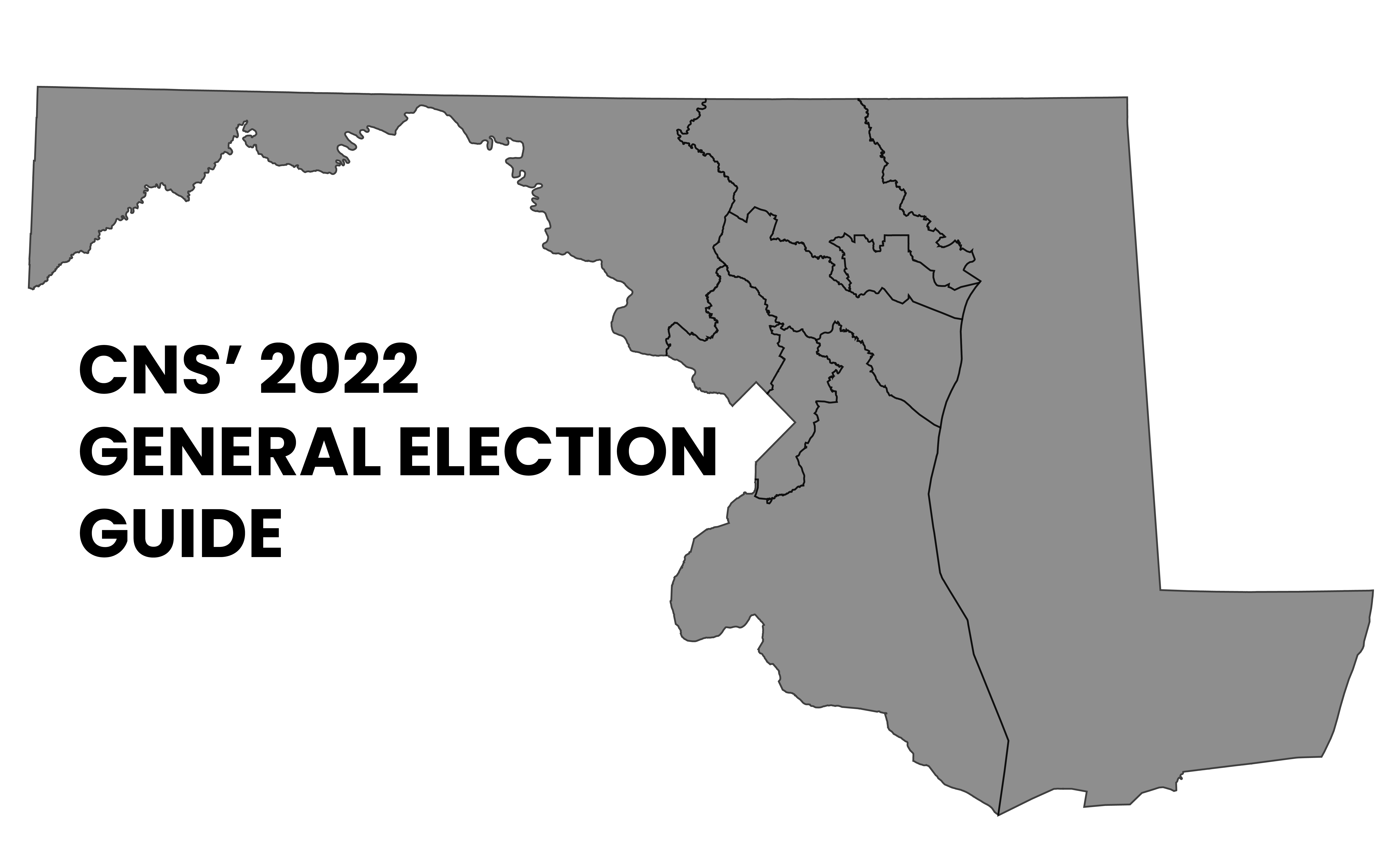

The Maryland general election on Nov. 8 is quickly approaching. CNS created the following General Election Guide to help Marylanders find election information and resources in one place, see what voting trends may look like and how redistricting might affect this election.
According to the Census Bureau, “Congressional districts are the 435 areas from which members are elected to the U.S. House of Representatives.” Each congressional district in a state has an equal population and thus changes when the population changes, which is recorded by the Census every 10 years.
Each time new Census population data is released, the states begin a process called “redistricting” that redraws congressional district lines based on population changes. This process started most recently in 2020, and the 2022 midterm elections will reflect the new districts.
When district lines are redrawn, the voting population changes as well. FiveThirtyEight created a partisan lean metric to measure the partisanship of each district. They define “partisan leaning” as “the average margin difference between how a state or district votes and how the country votes overall.” You can learn more about how they created their leaning scores here.
So, knowing this, how did district lines in Maryland change?
The midterm elections in Maryland cover national, state and local seats. This season, one of the most anticipated elections is for Maryland governor, which is up for grabs after Republican Governor Larry Hogan served for two terms. The midterm elections also cover the seats in the U.S. House and the U.S. Senate. With so many important races happening concurrently, it is helpful to know who is on the ballot before you get to the polls. This section will link you to the national and statewide candidates on the Maryland ballot, and shows you where to find local election information.
Find out who else is on your ballot by clicking on your county's official general election ballot here.
Read more CNS election coverage here.
Candidate image credits: Be the Change, Inc., MDGovpics, Brooke Lierman, mdfriendofhillary, @ChaffeeUSSenate on Twitter.